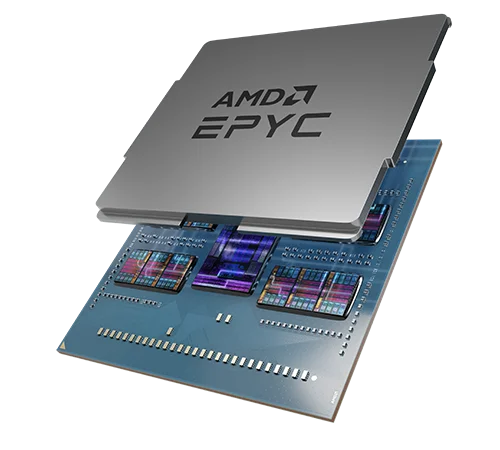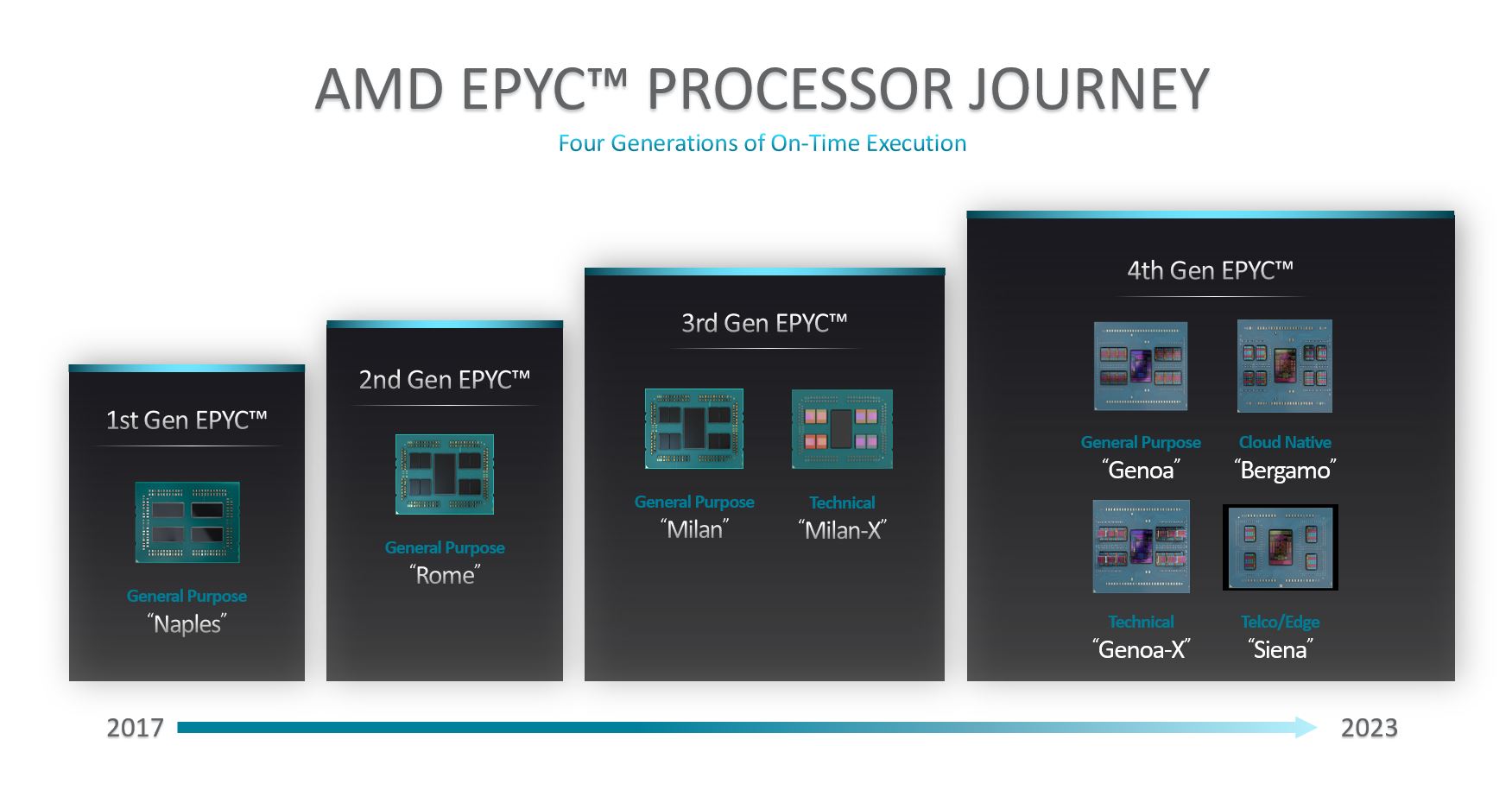With M Computers about CPUs and GPUs from AMD
25.3.2024
What was said in the interview with Lukáš Vach?
You supply servers and supercomputers based on the x86 platform. Everybody is focusing a lot on AMD processors now. Which ones in particular?
Our customers are mainly focused on High Performance Computing (HPC), where they are interested in getting the highest overall computing performance of the entire cluster. At the same time, however, customers are also addressing the performance vs. price comparison. Today, this area is best covered by the AMD brand. If the customer is dealing with a computing cluster on x86 architecture, the best solution is the EPYC processors from AMD.
In the recent period of rising energy prices, the customer is currently not interested in power/consumption? Where do AMD EPYC processors stand in this respect?
AMD is a world leader in this parameter as well, because it is able to offer the customer a solution where it will be enough to buy only a server built on one processor compared to the competing solution where it is necessary to use two processors to maintain the same performance. Thanks to the fact that only one processor is used versus two, the price/performance/consumption ratio is much better than the competition. If the customer uses the AMD solution in a dual processor design, this solution will be more powerful. When deploying multiple servers and comparing the overall performance, the customer then populates a smaller number of compute nodes with AMD CPUs. Not only will the customer get lower overall consumption of the entire computing cluster, but the solution will also take up less rack space.
Is AMD also doing something to support AI?
Their processors themselves already have AI support, so they meet that criterion here. In addition, AMD processors have recently caught up with everything that only the competition has had on the x86 platform so far. There is no longer any parameter that AMD processors do not meet. Currently, the brand is also being heard about in the field of graphics cards and GPU accelerators such as AMD Instinct, most recently the MI300.
Lukáš Vach
sales and product manager
M Computers
You mentioned GPU graphics cards. Where does AMD stand today against competition from Intel and Nvidia, including software support?
If we were to take a comparison of just these three brands, then Nvidia benefits the most nowadays from already having a huge customer base that uses the CUDA software environment while being tied to the Nvidia software stack and support. If we take the comparison from the other side, where Intel is today, it’s exactly the opposite. Intel has tried to enter this water as well, but since their XE GPU accelerators don’t achieve any extreme performance, they can’t be considered a major player in the GPU field at the moment. On the other hand, as far as AMD is concerned, they have made a big leap in graphics accelerators in the last two to three years. I’m referring to the latest MI300 series, where AMD is giving even NVIDIA wrinkles in my opinion. In some parameters, AMD already outperforms even the latest available generation of accelerators from NVIDIA. AMD Instinct MI300X accelerators have high memory bandwidth for generative AI and high performance for training and inferencing large language models (LLM). For HPC, AMD also offers the Instinct MI300A accelerator (APU), which combines AMD’s latest CDNA 3 architecture and “Zen 4” processors to deliver significant performance for HPC and AI workloads. AMD’s solution is based on
AMD open-source GPU software stack
and open source libraries.
Let’s go back to server technologies. What can we expect from AMD in this area in the future and possible further “duel” with Intel?
I think it will continue to be interesting to watch and I’m very happy about that. If one manufacturer became dominant, then the market was poorer overall. The generational performance jumps were not major, everything could be predicted in advance what the next generation performance might look like.
Intel followed a tick-tock model, where either an increase in processor clock frequency was made or a switch to a better nanometer architecture was made, followed by a change in microarchitecture. Nowadays, with AMD’s competition, the market situation changes really every two years, maybe I would even say every year, and I am very glad for that, because in that year the customer can get better performance on a new CPU architecture for similar money.
At AMD, the roadmap of expected products is already known in advance. With the last two generations, the manufacturer has also demonstrated that there can be a big performance leap between them.
The biggest advancement for both AMD and Intel is the move to DDR-5 memory, which differs significantly from the previous generation, along with the deployment of PCI Express 5.0. Thanks to these technologies, the performance leap can be up to twice as big as the previous generation.
Which EPYC processors are supplied by AMD and for what purposes?
AMD has launched four versions of its fourth-generation processors under the Genoa (EPYC 9004), Genoa X (EPYC 9004 with 3D V-cache technology), Bergamo (EPYC 97X4) and Siena (EPYC 8004) processors. With this fourth generation of processors, AMD introduced the first processors to support twelve channels of DDR-5. At the same time, AMD gradually increased the number of cores offered.
Each of the types in this generation has its own specifics and offers something extra compared to the standard version – for example, Genoa X differs in that these processors have a significantly increased L3 cache. The use of this parameter can be in industries that deal with technical calculations.
Another processor that brought something new was the Bergamo, which increased the current maximum of 96 cores (Genoa) to a whopping 128. These processors are of interest to data centres and cloud providers.
The only “problem” with AMD was that all of the mentioned processor types of this generation started at 16 core and above, thus not covering lower entry-level server types. Examples are storage and web servers, which do not require such performance. It was mainly the competition that benefited from this shortcoming.
AMD responded to this shortage by launching the last type of this generation, the Siena processor, which filled this hole in the market. This series offers customers fewer cores, lower power consumption and a lower initial purchase price.
After Intel closed its local office, you became its ambassador. How are you doing in this respect at AMD?
At AMD, we maintain a partnership at the highest possible level to offer our customers special pricing on EPYC processors. Furthermore, we have established cooperation with AMD in marketing activities, we jointly implement trainings, webinars and other events.
For more information
we have a special page on our website dedicated to AMD
where you can find my contact details.
The interview is taken from ITBiz.cz.







